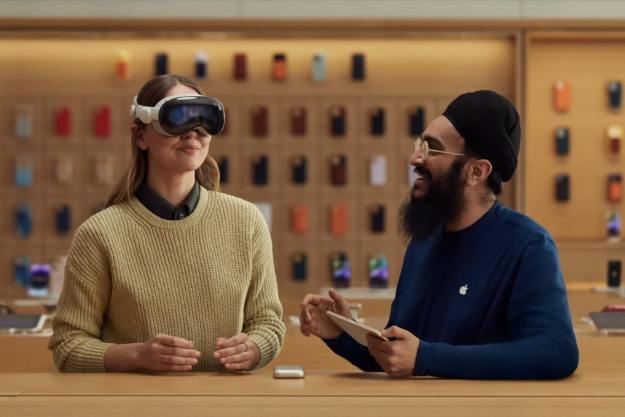
A patent filed in August 2015 and made public last month details a “head-mounted display with an electronic dimming module for augmented and virtual reality perception,” according to a report from WinBeta. This tech seems much closer to the bulk of today’s prominent VR projects than HoloLens does.
HoloLens explicitly focuses on augmented reality, i.e., manipulating and transforming the area around the user for a particular effect. Up until now, that’s been reflected in the tech demos used to publicize the device — things like your living room being attacked by robots, or virtual applications being beamed onto walls.
Introducing a dimmer component could allow HoloLens to offer full VR experiences, removing the real world from the user’s periphery for purposes of immersion. Given the positive impressions shared by those who have spent some hands-on time with the tech, this could be something of a game-changer.
However, it’s not completely clear whether this patent relates directly to HoloLens, or is simply part of another project currently being put through its paces. Microsoft is an enormous company, and as such research and development is an ongoing process that doesn’t always result in consumer products.
With pre-orders for the HoloLens Development Edition now open, we’re getting incrementally closer to a time where Microsoft might see fit to market this technology to consumer audiences. Given the other devices set to launch in the coming months, some kind of VR support seems likely to be an important selling point at that time.
Editors' Recommendations
- This new VR headset beats the Vision Pro in one key way and is half the price
- Vision Pro 2: everything we expect from the future of Apple’s headsets
- Vision Pro headset proves buggy for prominent Apple tipster
- Disney just reinvented the VR treadmill, and it looks amazing
- Watch Apple’s new ‘Get Ready’ ad for its Vision Pro headset


